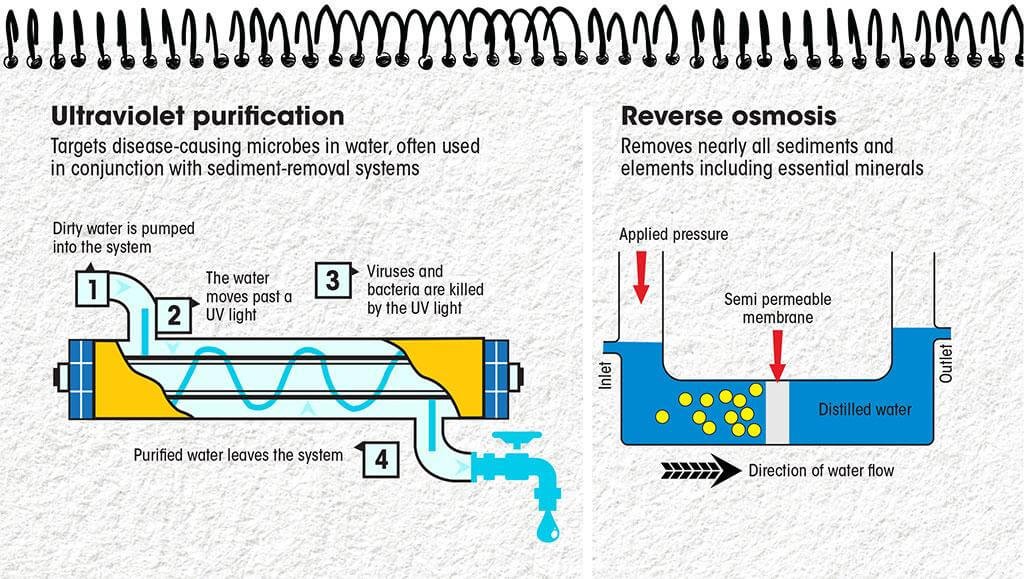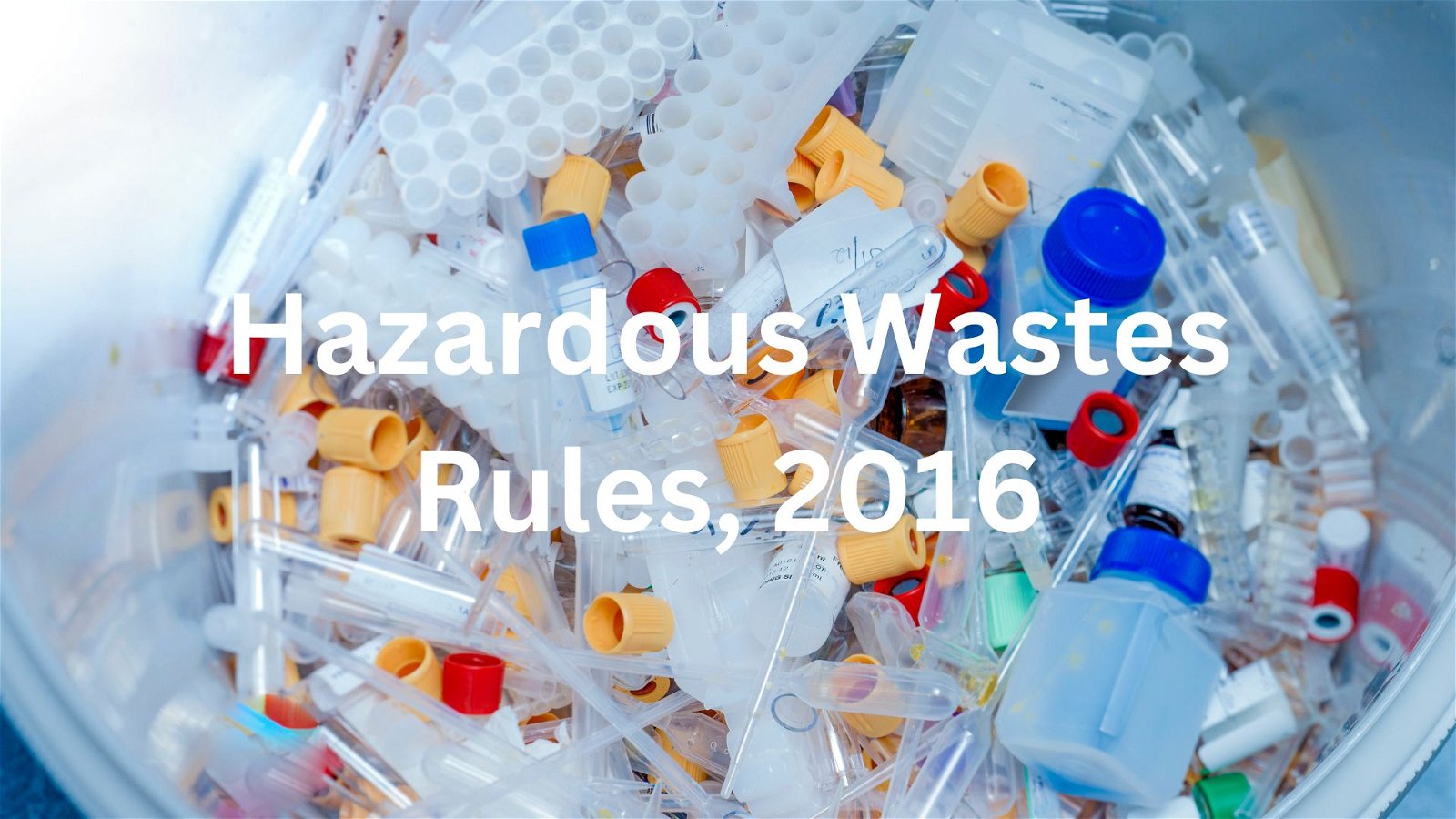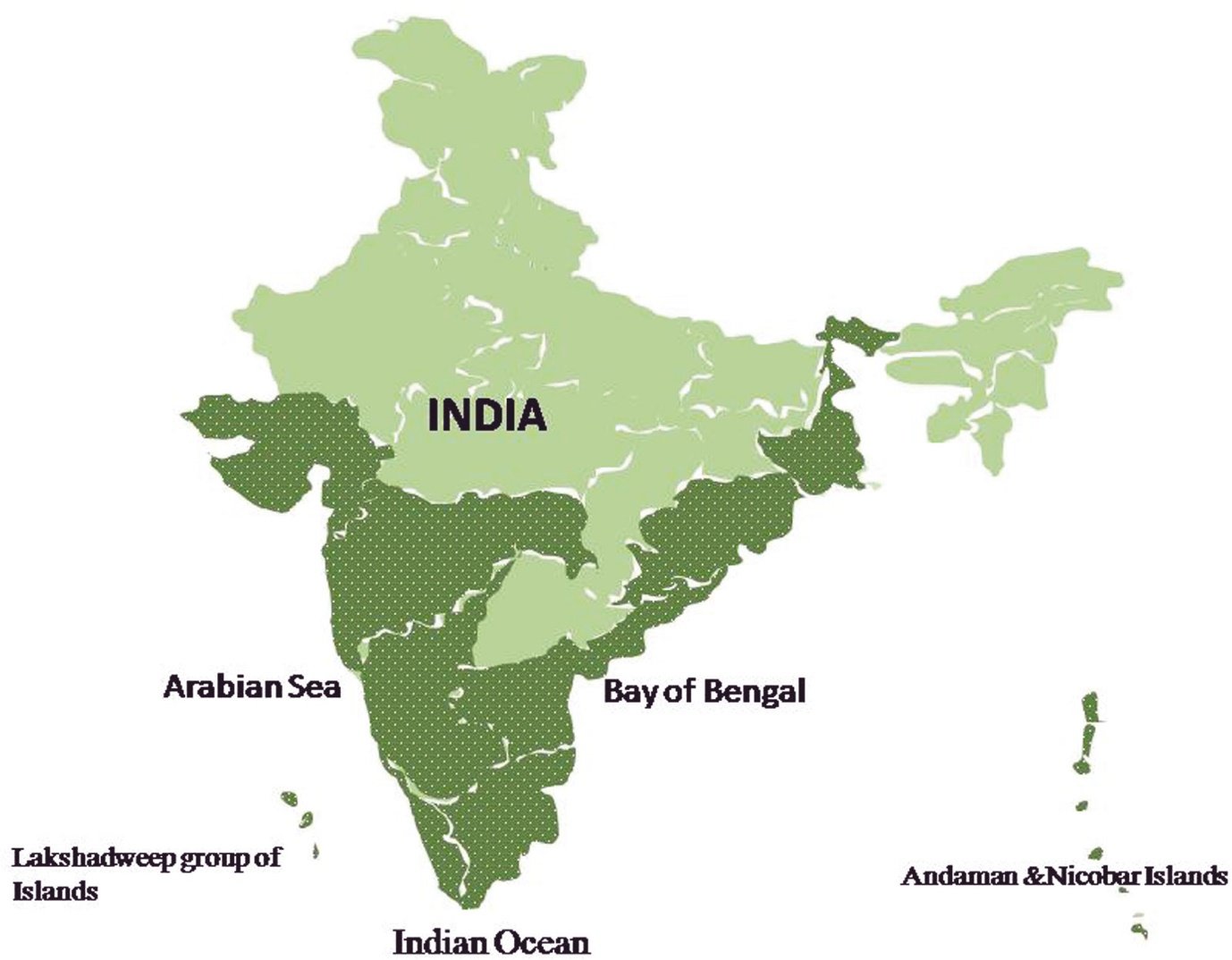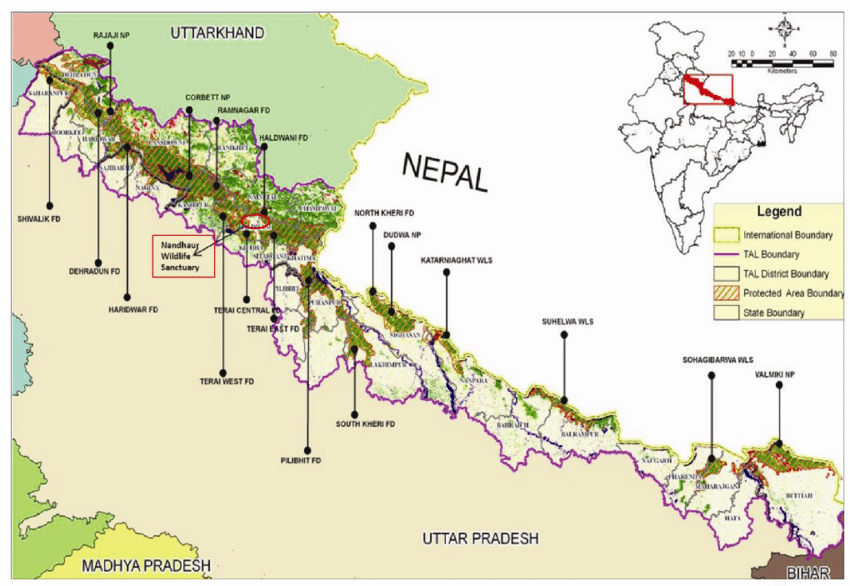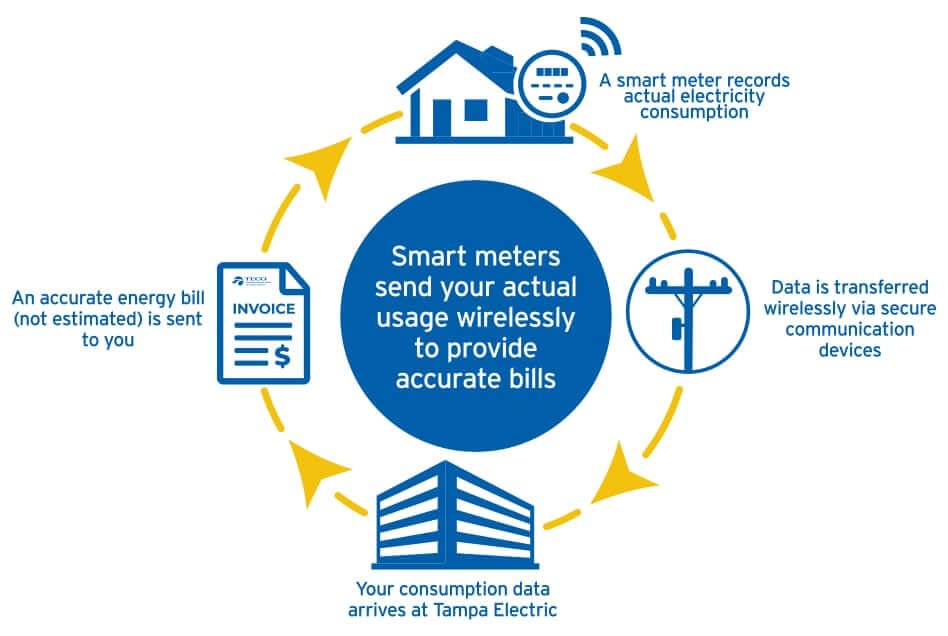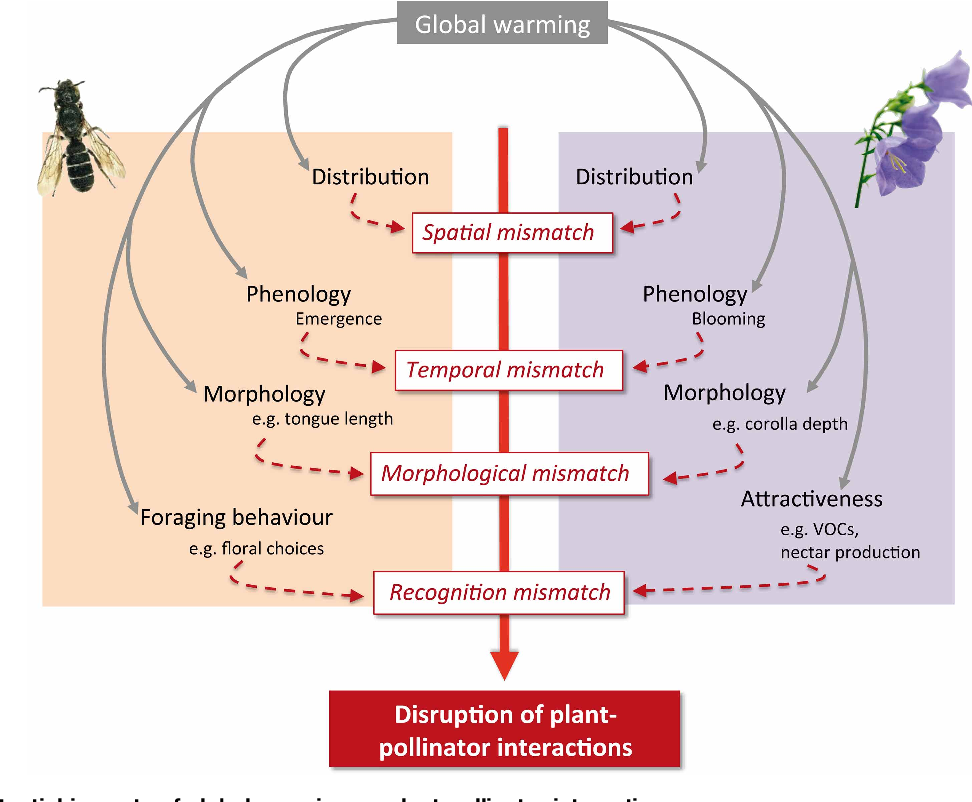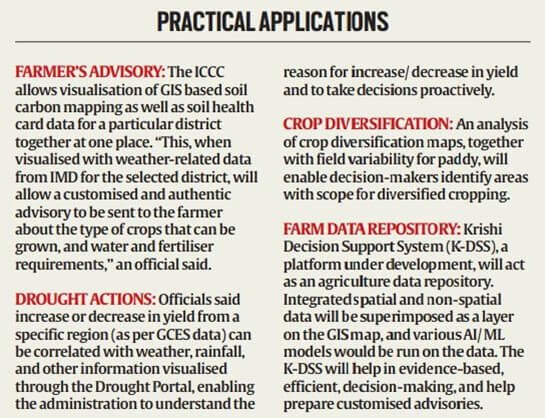
Chennai Water Crisis
Subscribers of "Current Affairs" course can Download Daily Current Affairs in PDF/DOC
Subscribe to Never Miss an Important Update! Assured Discounts on New Products!
Must Join PMF IAS Telegram Channel & PMF IAS History Telegram Channel
- Context (DTE): Veeranam Lake, Chennai’s major water source, has dried up as the summer heat intensifies, exacerbating Chennai’s water scarcity.
- On April 15, 2024, Veeranam Lake’s water storage was recorded at zero million cubic feet (mcft). On the same date last year, the lake held 687.40 mcft of water, while its total capacity was 1,465 mcft.
- Recently, the lack of inflow from the Mettur dam halted the water supply from Veeranam Lake. Other Chennai reservoirs are also experiencing declines.
- The Central Water Commission (CWC) classified water levels in the Cauvery basin as deficient on April 5, 2024.
Chennai’s Water Sources
- Chennai utilises various water sources, including surface water, groundwater, and desalinated seawater.
- Reservoirs of Chennai: Poondi Lake, Cholavaram Lake, Puzhal Lake, Kannankottai Thervoy Kandigai, and Chembarambakkam Lake.
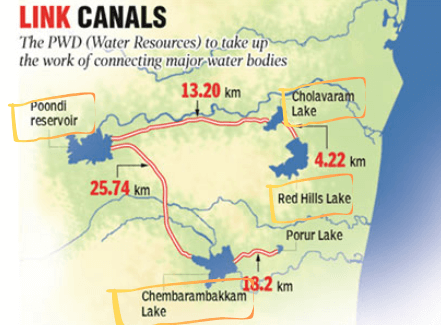
Concerns of widening water demand-supply gap
- Chennai, with a population of 9 million, faces a chronic imbalance in water demand and supply.
- Despite a monthly demand of 2,232 million litres per day (MLD), CMWSSB supplies only 1,070 MLD, resulting in a persistent demand-supply gap.
- Chennai’s water demand is forecasted to reach 2,365 MLD by 2030, with estimated supplies of 1,988 MLD by 2040 and 2,049 MLD by 2050.
- Chennai heavily relies on rainfall, with an average annual precipitation of 900-1,000 mm, but due to population growth, the demand for water exceeds the available supply.
- A joint study by Anna University, Chennai and the Indian Institute of Technology, Madras, predicts a widening water demand-supply gap in Chennai.
- By 2030, the gap is expected to reach nearly 466 million litres per day (MLD).
Reasons contributing to the water demand-supply gap
- Factors such as rapid urbanisation and climate change exacerbate this gap.
- Depleted groundwater sources, seawater intrusion, and insufficient rainfall contribute to the problem.
- Cyclonic rainfall presents challenges due to its concentration along the coast within a limited area of 10-15 kilometres. Chennai’s flat terrain makes storing such rainfall difficult, necessitating alternative methods like groundwater recharge and rainwater harvesting.
Way Forward
- Experts advocate for a multifaceted approach to water resource management, including groundwater recharge, desalination expansion, and reclaimed water usage, especially the use of industrial wastewater.
- Implementing these interventions concurrently could significantly reduce the demand-supply gap, with projected drops to 110 MLD by 2030, 250 MLD by 2040, and 454 MLD by 2050.
- Without effective policy governance and widespread adoption of rainwater harvesting practices, Chennai may face Day Zero, where the city’s water sources are completely depleted.
To know about Bengaluru Water Crisis in detail, visit Bengaluru Water Crisis





![PMF IAS Environment for UPSC 2022-23 [paperback] PMF IAS [Nov 30, 2021]…](https://pmfias.b-cdn.net/wp-content/uploads/2024/04/pmfiasenvironmentforupsc2022-23paperbackpmfiasnov302021.jpg)
